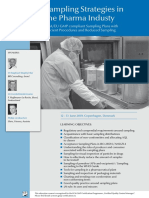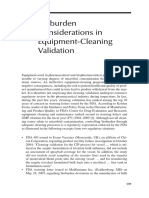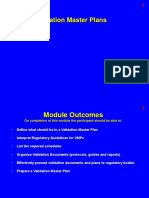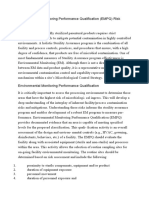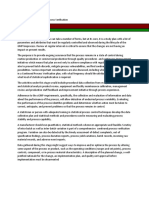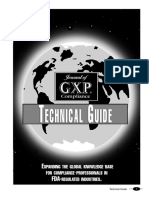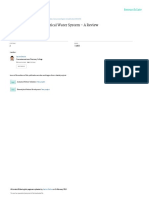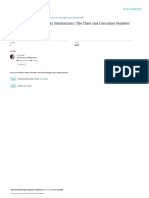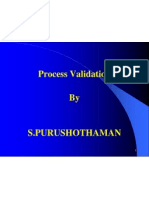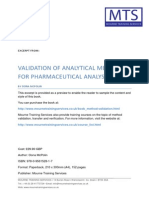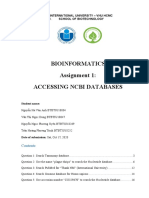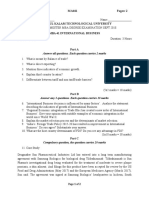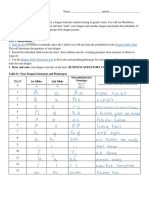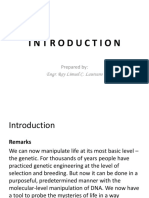0% found this document useful (0 votes)
602 views5 pagesIspe Reprint - Process - Validation
ispe reprint - process_validation
Uploaded by
Federico74Copyright
© © All Rights Reserved
We take content rights seriously. If you suspect this is your content, claim it here.
Available Formats
Download as PDF, TXT or read online on Scribd
0% found this document useful (0 votes)
602 views5 pagesIspe Reprint - Process - Validation
ispe reprint - process_validation
Uploaded by
Federico74Copyright
© © All Rights Reserved
We take content rights seriously. If you suspect this is your content, claim it here.
Available Formats
Download as PDF, TXT or read online on Scribd
/ 5








